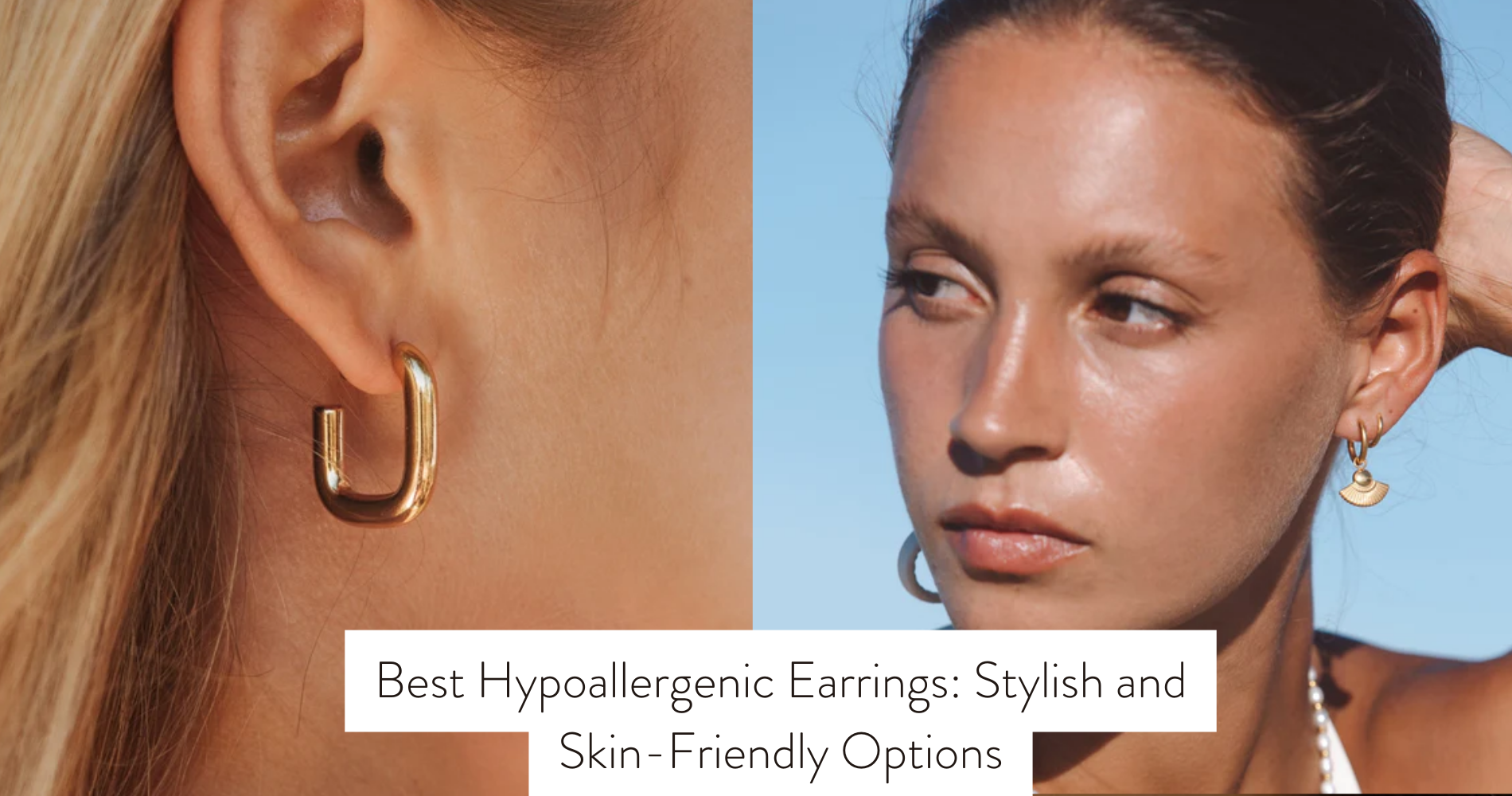
Best Hypoallergenic Earrings: Stylish and Skin-Friendly Options
Earrings have been a cherished adornment for millennia, elevating fashion ensembles and representing personal styles. From classic designs to modern waterproof earrings that can be worn even during a swim, there's a vast array to choose from.
However, for many, the joy of wearing a new pair can be short-lived, leading to itching, redness, and discomfort. If these symptoms sound familiar, you might be allergic to certain metals often found in jewelry.
But there's good news! The realm of hypoallergenic earrings offers an array of stylish and skin-friendly alternatives.
Let's explore the top picks for those with sensitive ears.
The Science Behind Hypoallergenic Earrings
To appreciate the allure of hypoallergenic earrings, it's crucial to understand why certain earrings cause allergic reactions in the first place.
The Culprit: Nickel
Nickel, a common metal used in various jewelry pieces, is the primary reason behind most allergic reactions. When nickel-containing jewelry contacts the skin, it can release nickel ions, especially when the metal is moist. These ions can provoke an immune response in some individuals, leading to allergic contact dermatitis.
What Makes Earrings Hypoallergenic?
Simply put, hypoallergenic earrings have minimal or no allergenic metals like nickel. They're crafted from metals that are less likely to cause allergic reactions, ensuring that wearers can flaunt them without worrying about skin irritations.

Top Metals for Hypoallergenic Earrings
While there's no regulatory standard that defines what "hypoallergenic" entails, several metals are renowned for being skin-friendly.
Stainless Steel
A robust and rust-resistant metal, stainless steel, especially the surgical variety, is often free from nickel. Its luster and durability make it a popular choice for everyday wear.
Titanium
Renowned for its strength and biocompatibility, titanium rarely causes allergic reactions. It's also corrosion-resistant, ensuring that your earrings remain pristine for years.
Gold (14k and above)
Gold, especially when 14k or higher, usually lacks nickel, making it a skin-friendly choice. However, lower karat gold might contain alloy metals, including nickel, so always check the karat level.
Sterling Silver
Comprising 92.5% silver and 7.5% other metals (often copper), sterling silver is generally safe for those with allergies. However, be wary of silver-plated items, as the base metal underneath might contain nickel.
Platinum
This naturally white metal is denser than gold and highly unreactive, reducing the chances of skin irritations.
Stylish Hypoallergenic Earring Options
Gone are the days when hypoallergenic meant compromising on style. Today, designers and brands cater to this market segment with flair and creativity.
Minimalist Studs
Whether it's a titanium sphere or a dainty diamond set in platinum, minimalist studs are versatile, complementing both work and evening outfits.
Elegant Hoops
From sleek stainless steel to glamorous gold, hypoallergenic hoops, such as the ever-popular classic hoop earrings, come in various sizes and designs, catering to every fashion taste.

Statement Pieces
For those occasions when you want your earrings to be the talk of the evening, there's no shortage of statement hypoallergenic earrings. Think intricate designs, gemstones, and unique shapes.
Caring for Your Hypoallergenic Earrings
Ensuring your hypoallergenic earrings retain their allure and integrity over time demands a blend of gentle care, proactive measures, and consistent maintenance. The delicate nature of jewelry, even those crafted with robust materials, means they can succumb to wear and tear, tarnishing, or even minor damages. By following a comprehensive care regimen, you can maximize the lifespan of your treasured adornments, keeping them as dazzling as the day you purchased them.
Gentle Cleaning Regimen
While hypoallergenic earrings are less likely to react with your skin, they can still accumulate oils, dirt, and product residues. Regular cleaning is paramount.
-
Mild Soap Solution: Combine warm water with a few drops of mild dish soap. Dip a soft cloth or a gentle brush into this solution and gently scrub your earrings. Rinse with clean water and pat dry using a lint-free cloth.
-
Specialized Jewelry Cleaners: For certain metals, like sterling silver or gold, consider using specialized jewelry cleaning solutions. However, always ensure they're suitable for the metal in question.
Safe Storage Practices
Storing your earrings correctly can help prevent scratches, bending, and tangling.
-
Individual Pouches: Store each pair in soft cloth pouches to protect them from external contaminants and scratches.
-
Jewelry Boxes: Consider investing in a jewelry box with padded compartments. This not only organizes your collection but also ensures pieces don’t rub against each other.
-
Avoid Humidity: Moist environments can expedite tarnishing, especially for sterling silver. Store your earrings in a dry place and consider using silica gel packets to absorb excess moisture.
Regular Inspection
Hypoallergenic doesn't mean invincible. Over time, clasps can loosen, and settings might shift.
-
Examine Settings: If your earrings have gemstones, ensure their settings are secure. Loose stones can easily fall out and get lost.
-
Check Clasps and Hooks: Ensure the clasps or hooks of your earrings function correctly. If they seem to be bending or loosening, consider taking them to a jeweler for repair.

FAQs
What makes earrings hypoallergenic?
Hypoallergenic earrings are made from metals less likely to cause allergic reactions, primarily by avoiding allergenic metals like nickel.
Why is nickel commonly responsible for allergic reactions?
When nickel-containing jewelry touches the skin, it can release nickel ions, especially when moist. These ions might provoke an immune response in some individuals, causing allergic contact dermatitis.
Are all gold earrings hypoallergenic?
Not necessarily. While gold, especially 14k or higher, is generally considered hypoallergenic, lower karat gold might contain alloy metals, including nickel. Always check the karat level.
How do I care for my hypoallergenic earrings?
Regular cleaning with a soft cloth and gentle solution, proper storage in a cool, dry place, and periodic checks for wear or damage will ensure the longevity of your earrings.
Can sterling silver earrings cause allergies?
Pure sterling silver, which comprises 92.5% silver, is generally safe for those with allergies. However, silver-plated items might have a base metal that contains nickel, which can cause reactions.
Conclusion
Hypoallergenic earrings aren't just a necessity for those with sensitive skin; they're a blend of science, art, and style. With the myriad of options available today, everyone can find pieces that resonate with their aesthetic while ensuring skin health. Embrace the world of hypoallergenic earrings, where style meets comfort effortlessly.


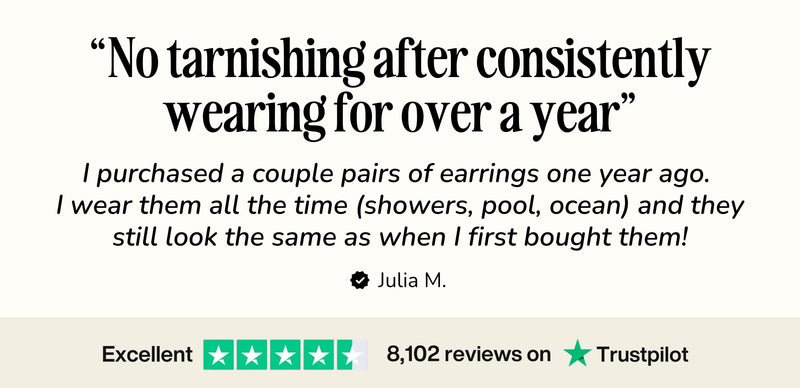

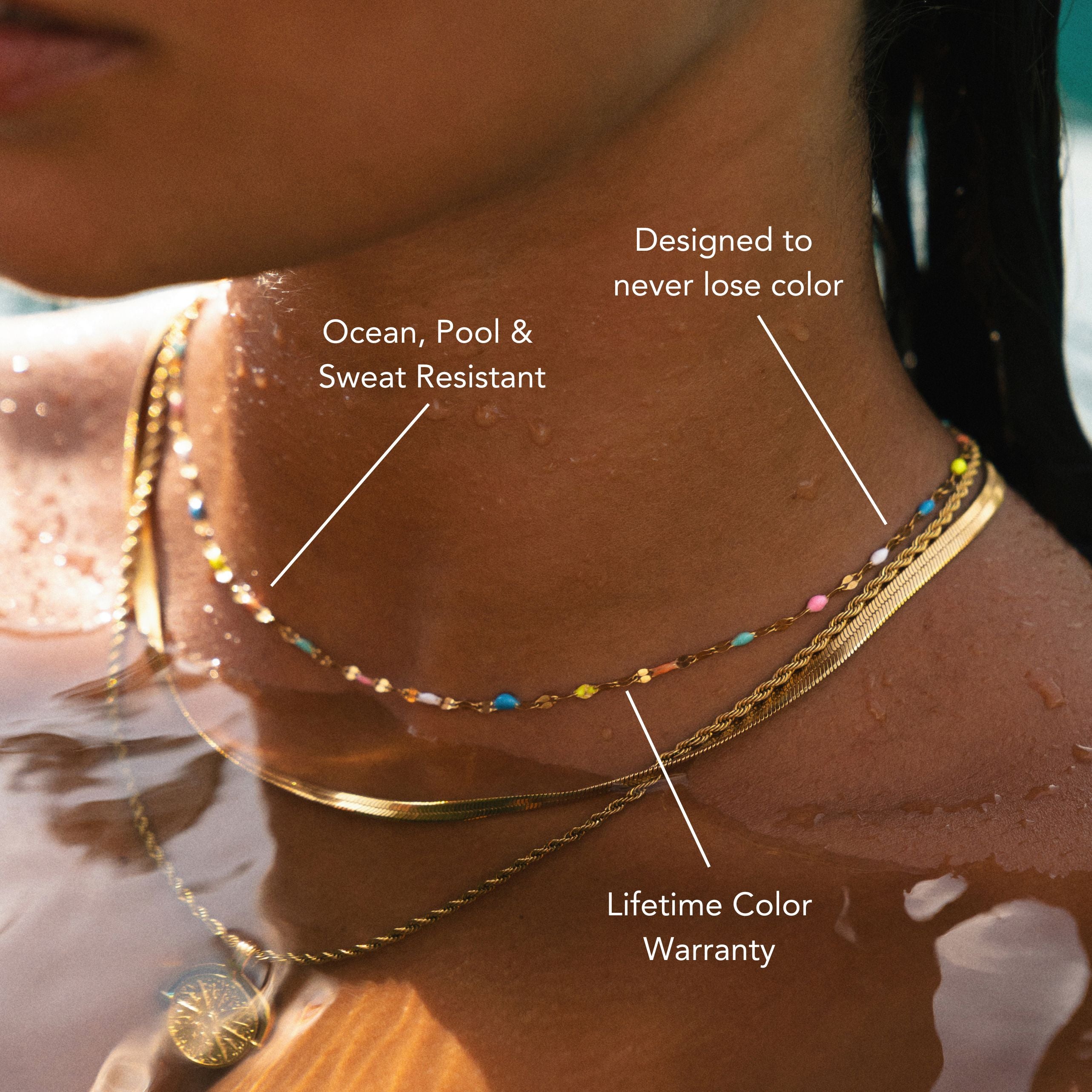
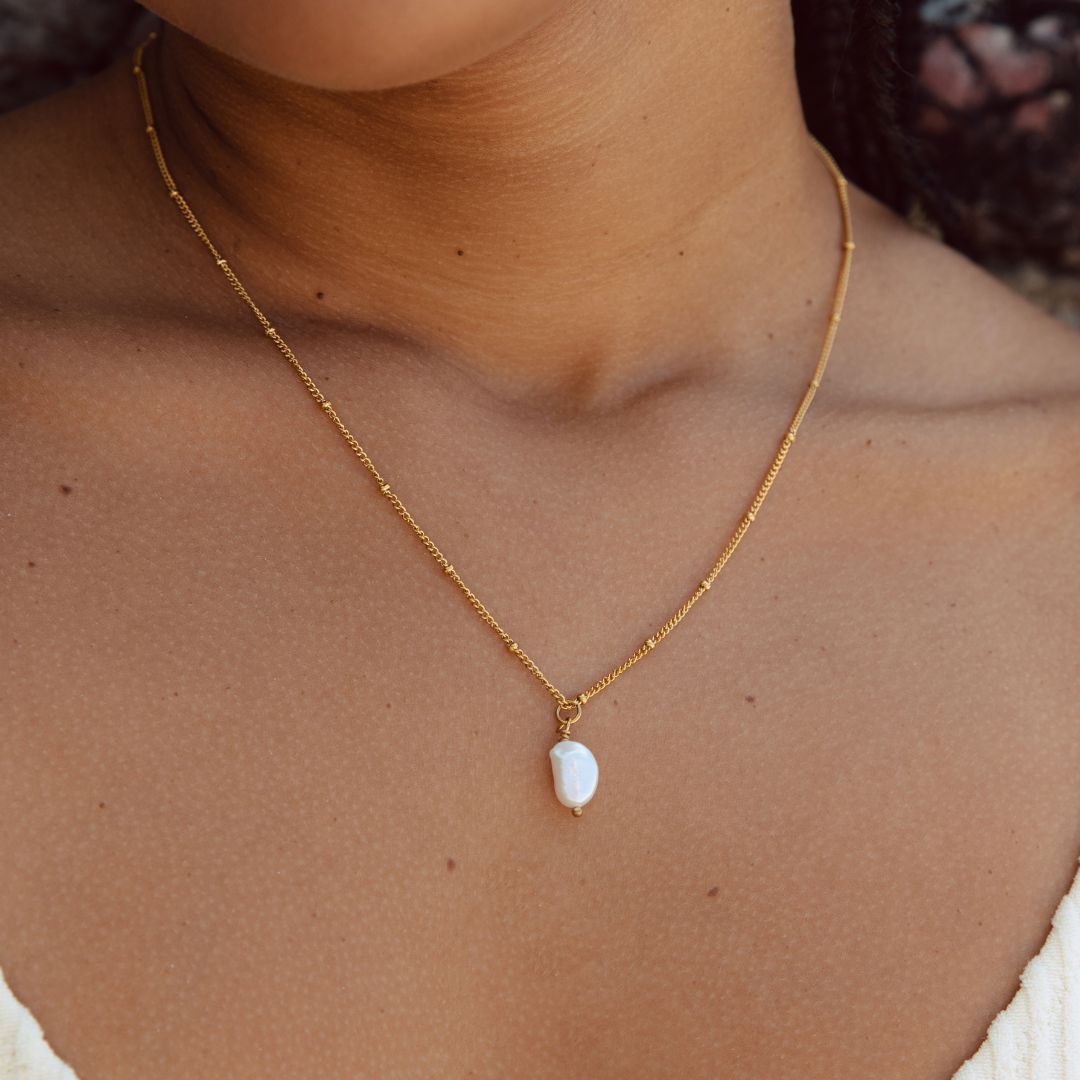

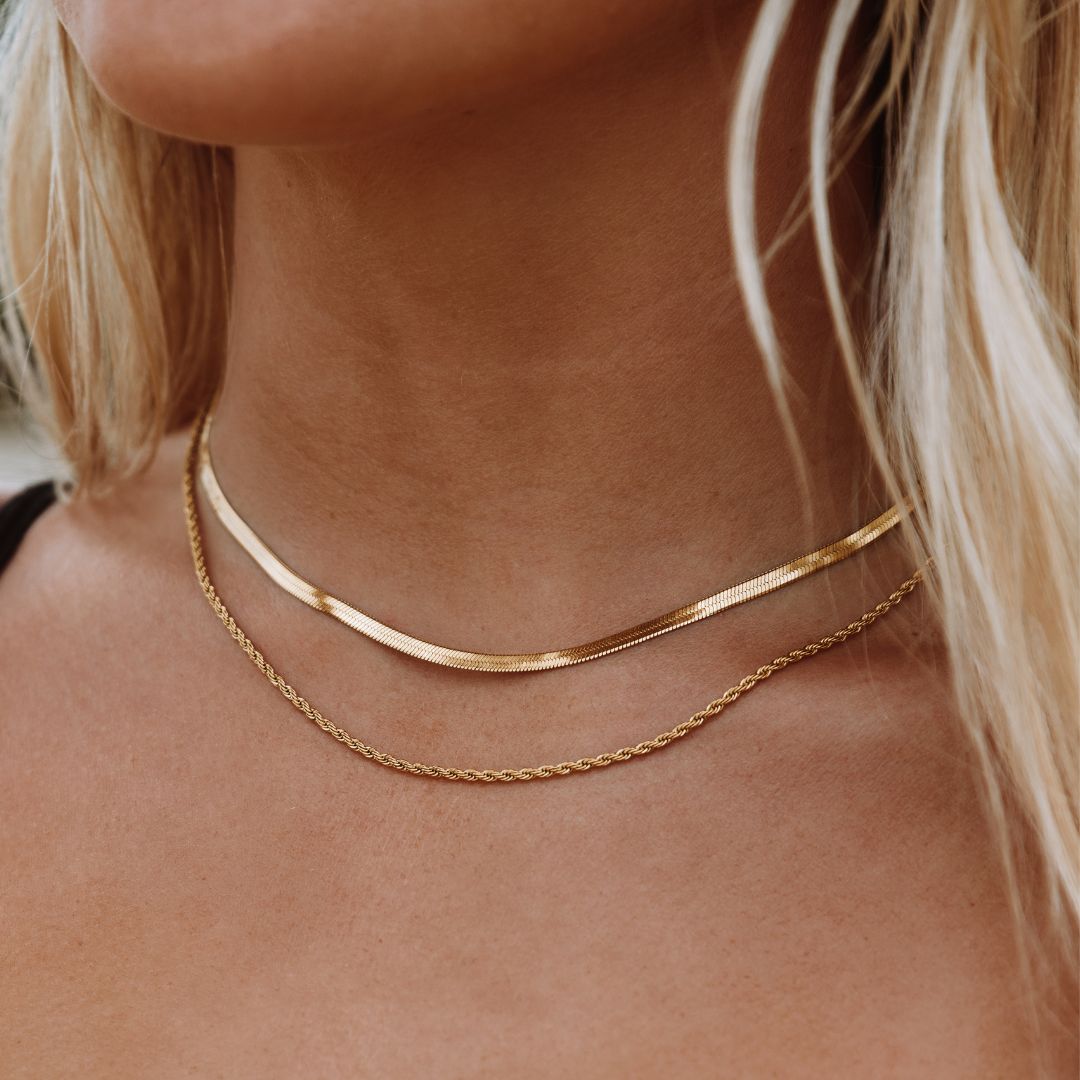











Leave a comment
This site is protected by hCaptcha and the hCaptcha Privacy Policy and Terms of Service apply.